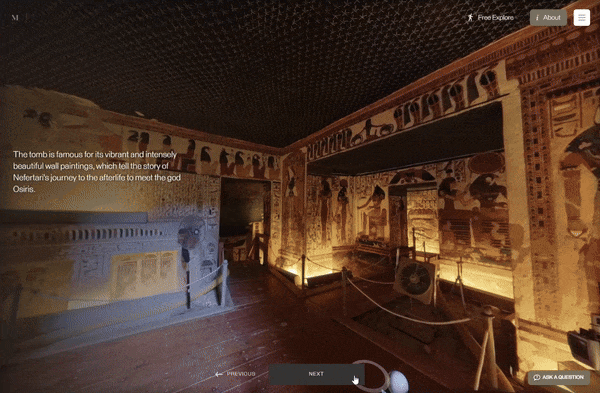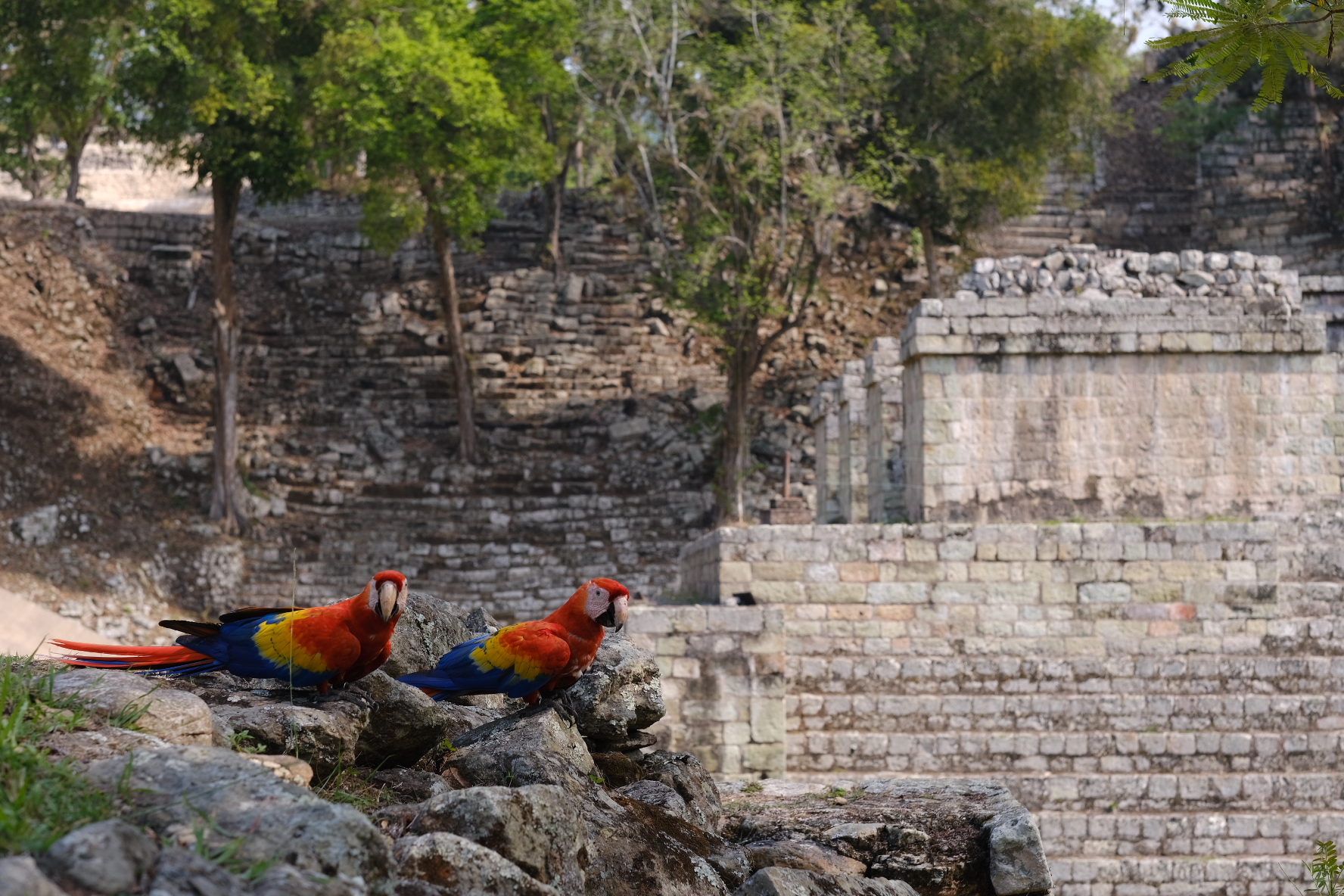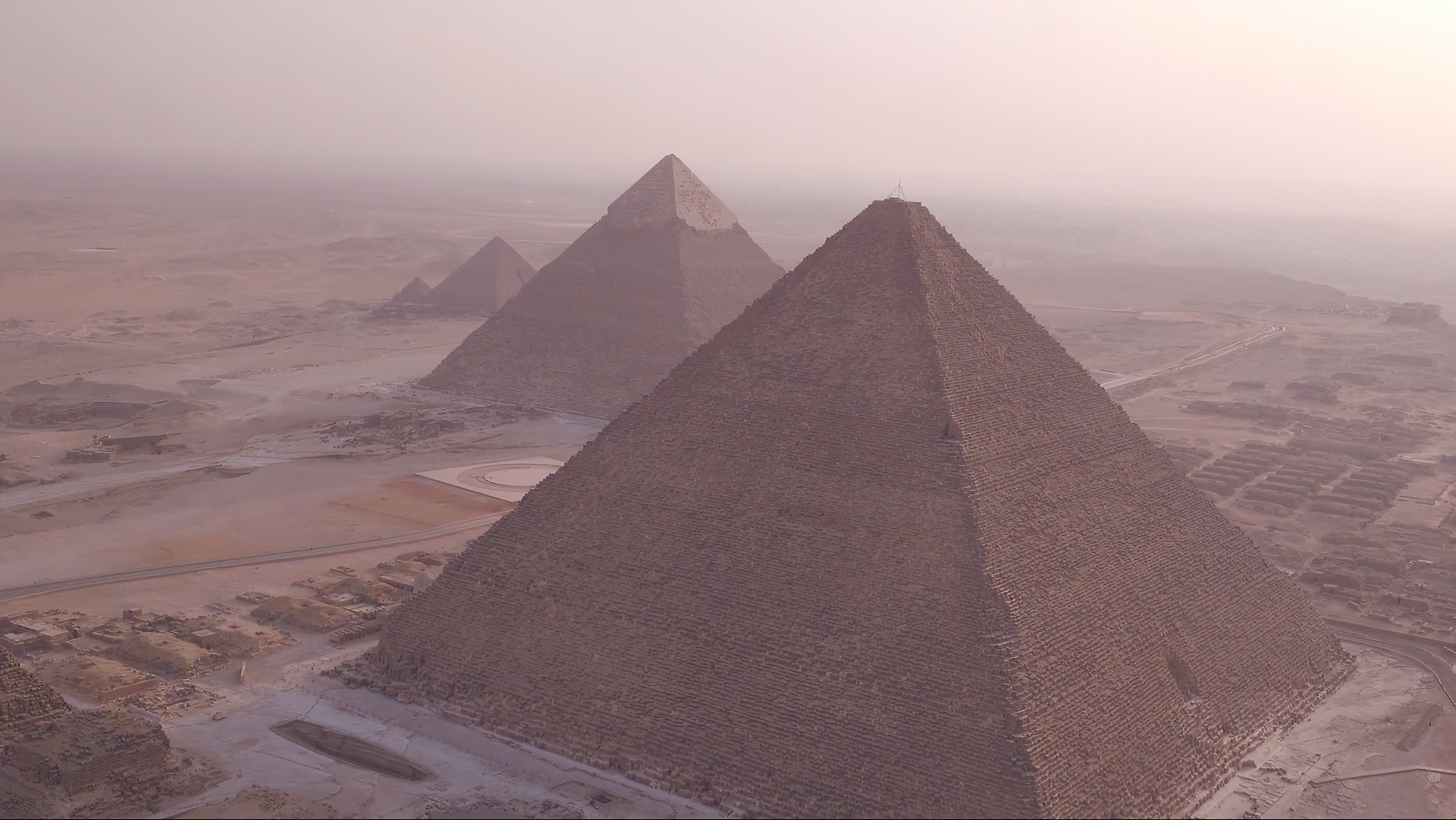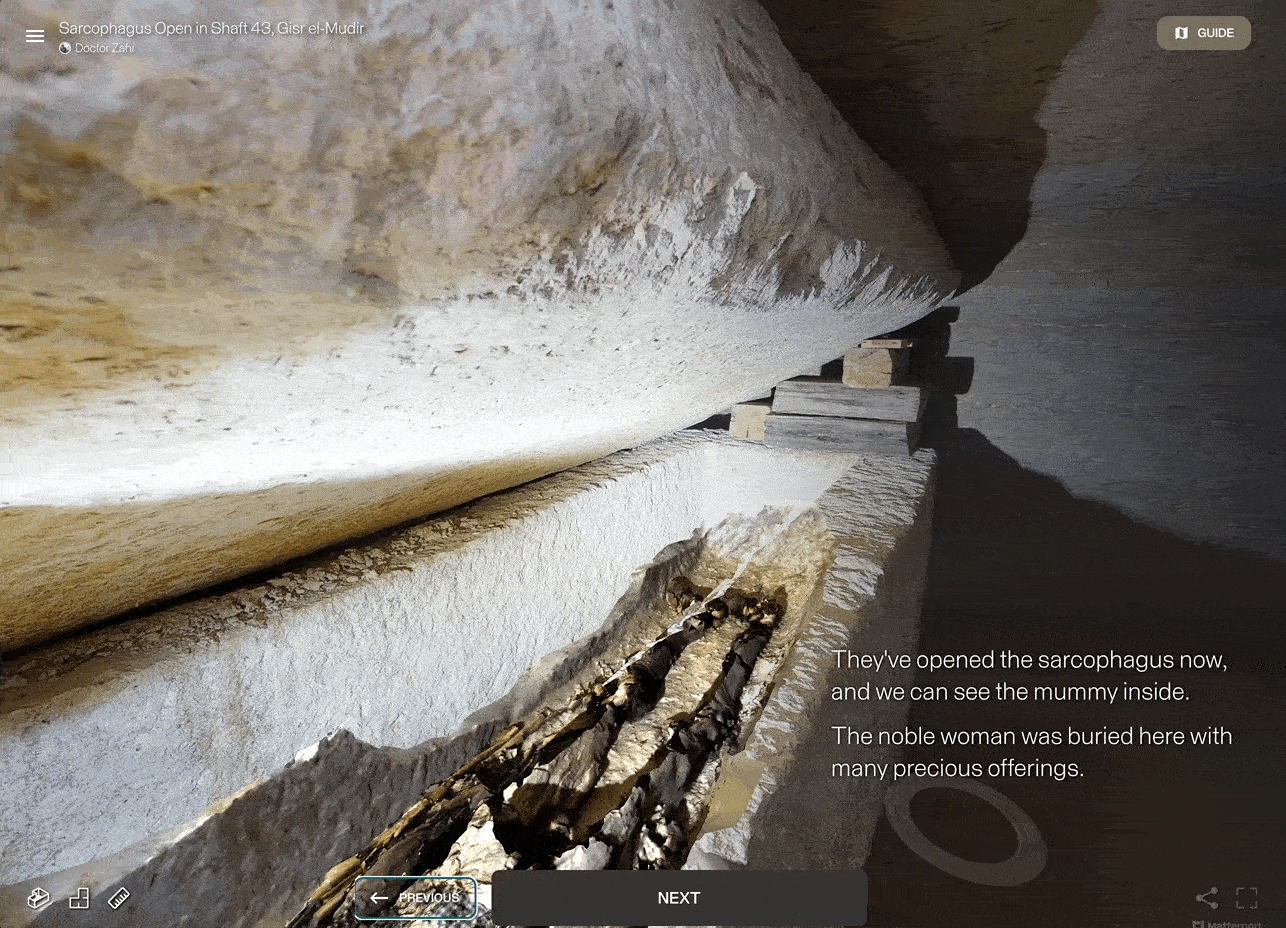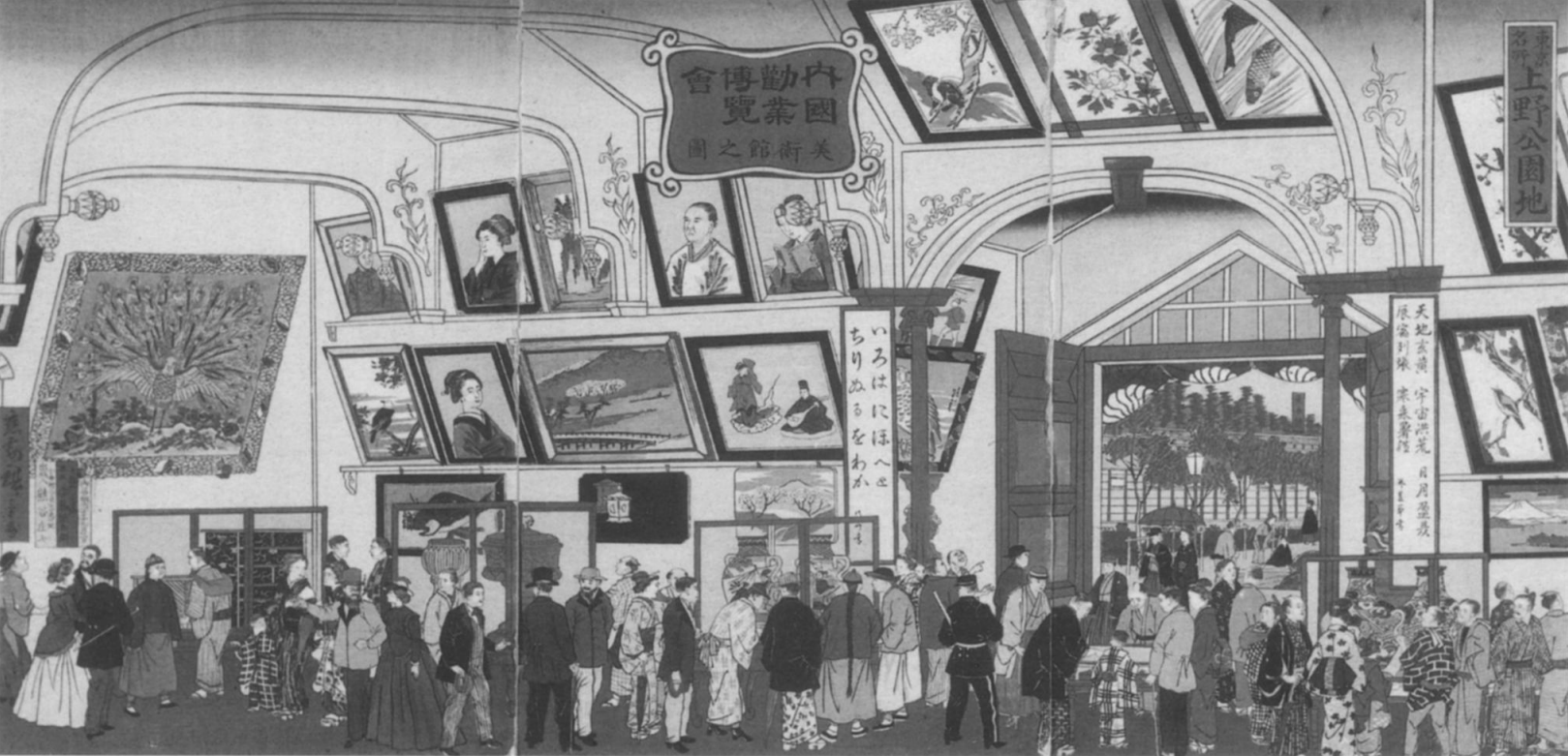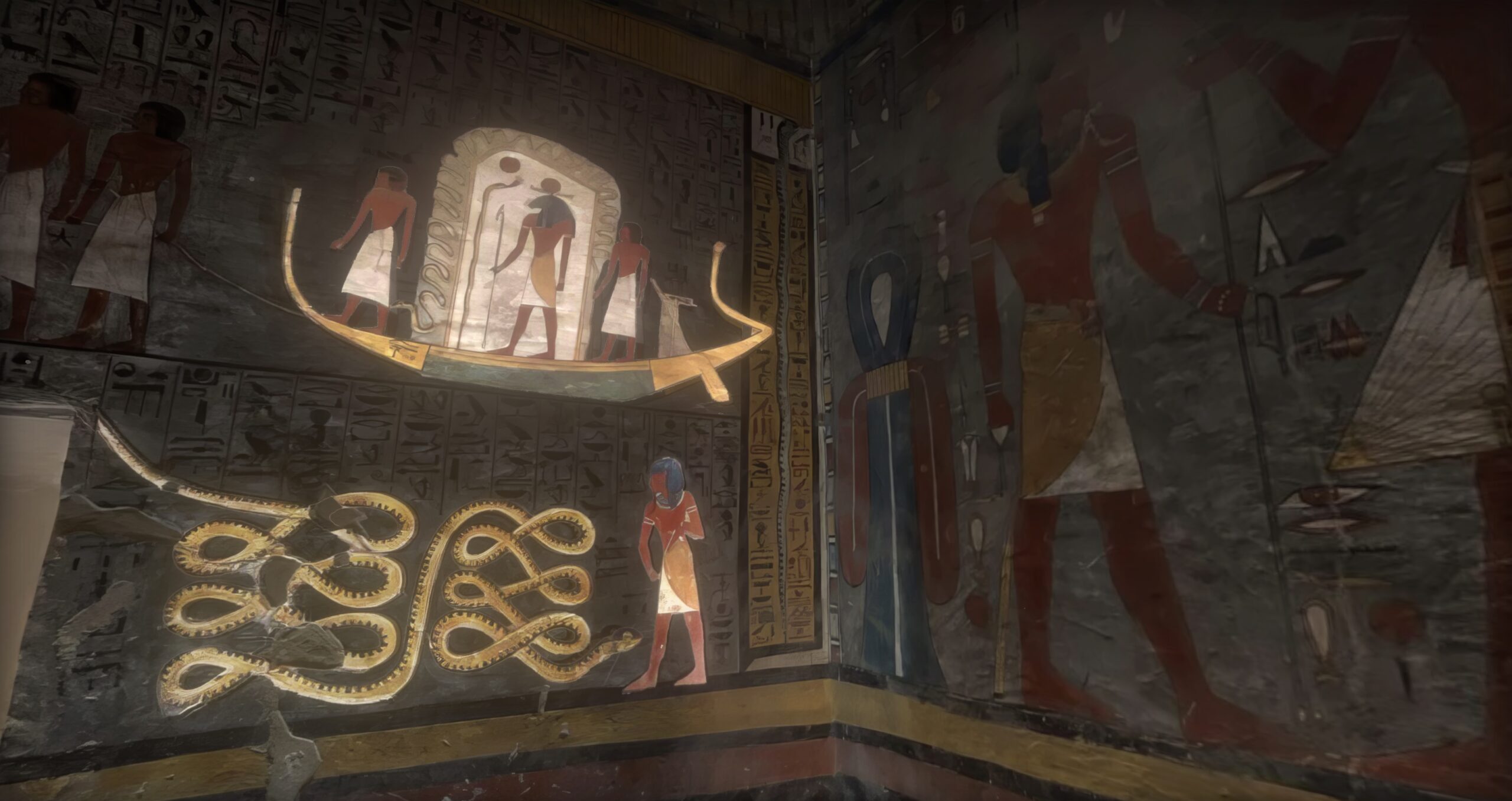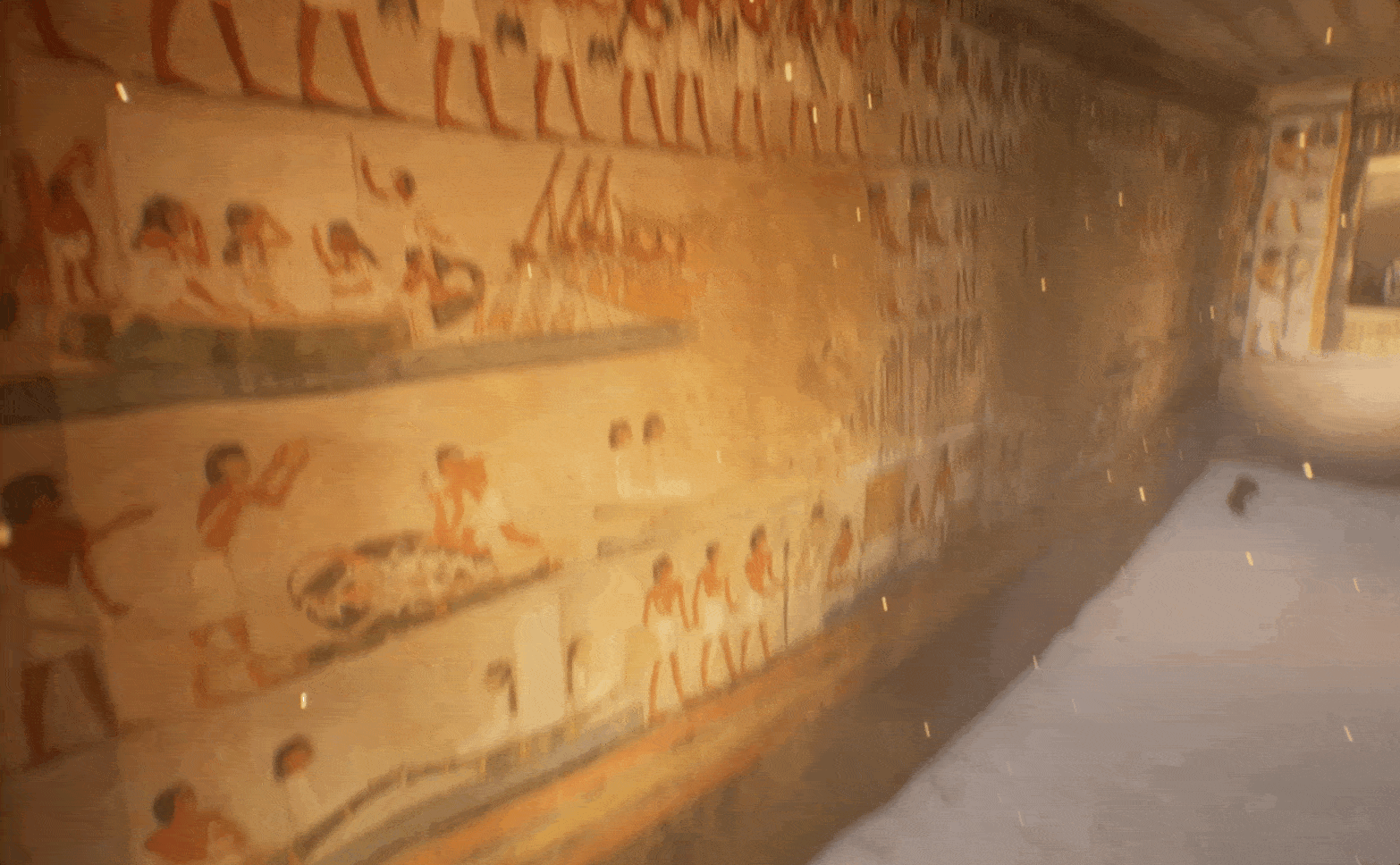Happy back to school and northern hemisphere fall season, dear readers! We’re launching the highest resolution version of our 3d captures as a video game about the ancient Egyptian Netherworld.
Explore the Great Pyramid, tombs from the Valley of the Kings, temples at Karnak, and more, following the mythology that connects these monuments on a story over 5,000 in the making.
We need your support to keep ourselves housed while we build it! If you’ve ever been inspired by our tours or explored somewhere new–or like us, you’ve fallen in love with ancient Egypt through its art and archaeology–please donate to support our work.
If everyone reading this donated $5, we’d reach our fundraising goal to make digital cultural heritage sustainable and preserved for future generations.

Sending a huge thanks to the 200 people who have already donated! By donating, you’ll be named in our game alongside our university partners–and you’ll receive our 3d digital museum ebook for browsing artifacts directly on your smartphone or whatever e-reader you may use.
If you want to download the Early Access version of our game, it’s available now on our homepage at https://mused.com.
The Tomb of Nefertari in the Valley of the Queens
This intensely beautiful tomb in the Valley of the Queens is one of the best preserved ancient tombs in Egypt–the vibrant oranges and reds on her walls still give a warm ambient glow as you enter the descending passage as they did 3,200 years ago.
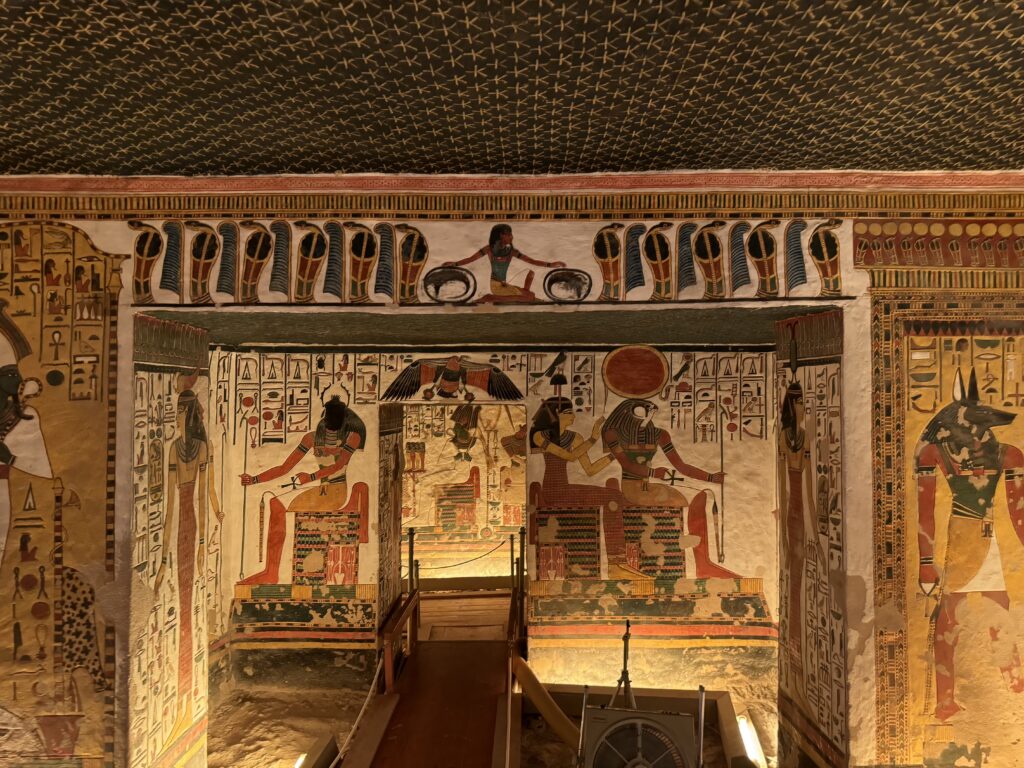
Queen Nefertari was Pharaoh Ramesses II’s love of his life–the king who ruled Egypt in the 19th dynasty and built many of the most famous monuments you associate with ancient Egypt. Her tomb is painted with scenes of her life and the Book of the Dead, making her tomb unique from our other 3d tomb scans that feature the netherworld texts (like the Book of the Gates, Book of the Cow, and Book of the Hidden Chamber).
Without further ado, you can view the tomb here!
When you enter her tomb and look up, you see the ceiling covered with 5 pointed golden stars on a deep navy painted celestial background. These transform the space into more than just a tomb–but rather a gateway to the eternal. Even the hieroglyph symbolizing the Netherworld, or the Duat, as they would’ve called it, is the 5 pointed star within a circle: 𓇽
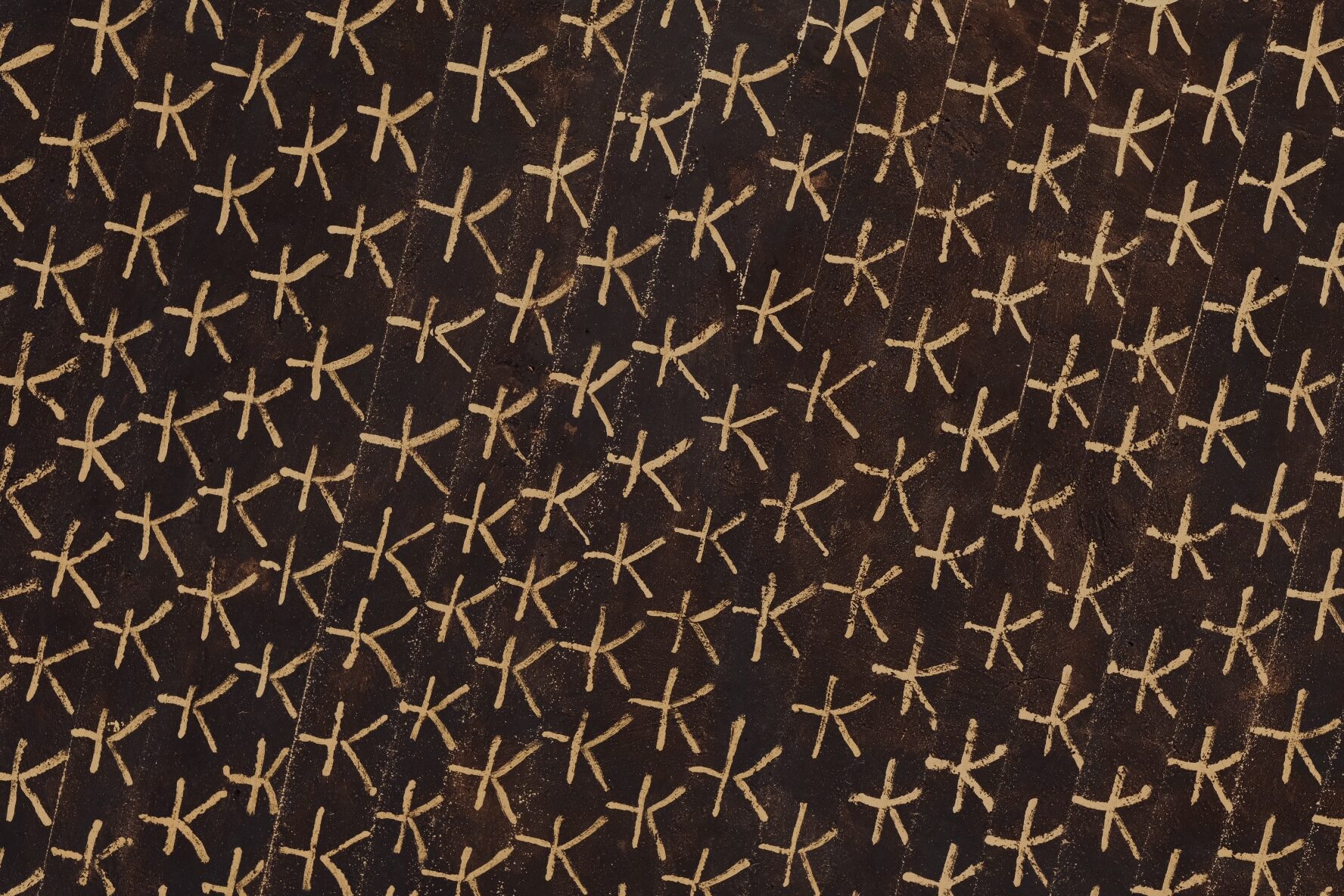
The Valley of the Queens is located outside modern day Luxor and nestled back in the cliffs of Qurna, near to Hatshepsut’s temple and Medinet Habu. The colors and paint inside the tomb have been so well preserved that it’s referred to as the “Sistine Chapel” of ancient Egypt by researchers.
Her tomb has three main chambers, an upper entry chamber, annex, and a large burial chamber, where Nefertari would’ve been laid to rest. Nefertari is painted many times on the walls throughout, giving offerings to the gods and goddesses and being welcomed by them.
Inside the entryway, there’s a unique scene showing Nefertari playing the ancient board game Senet that frees her spirit to travel outside of the tomb and into the land of the living. In other tombs, the boards and pieces have been discovered, such as the Senet gameboard from the Tomb of Kha.
Nefertari is always depicted in a white gown with a red sash, and she’s received in the afterlife by Hathor and Horus, Khepri and Ptah. Isis welcomes her in a red-beaded dress and elaborate jewelry. Along the walls you can see various creatures and divine beings like snakes and jackals also wearing a red sash, symbolizing that they belong to Nefertari or are associated with her.
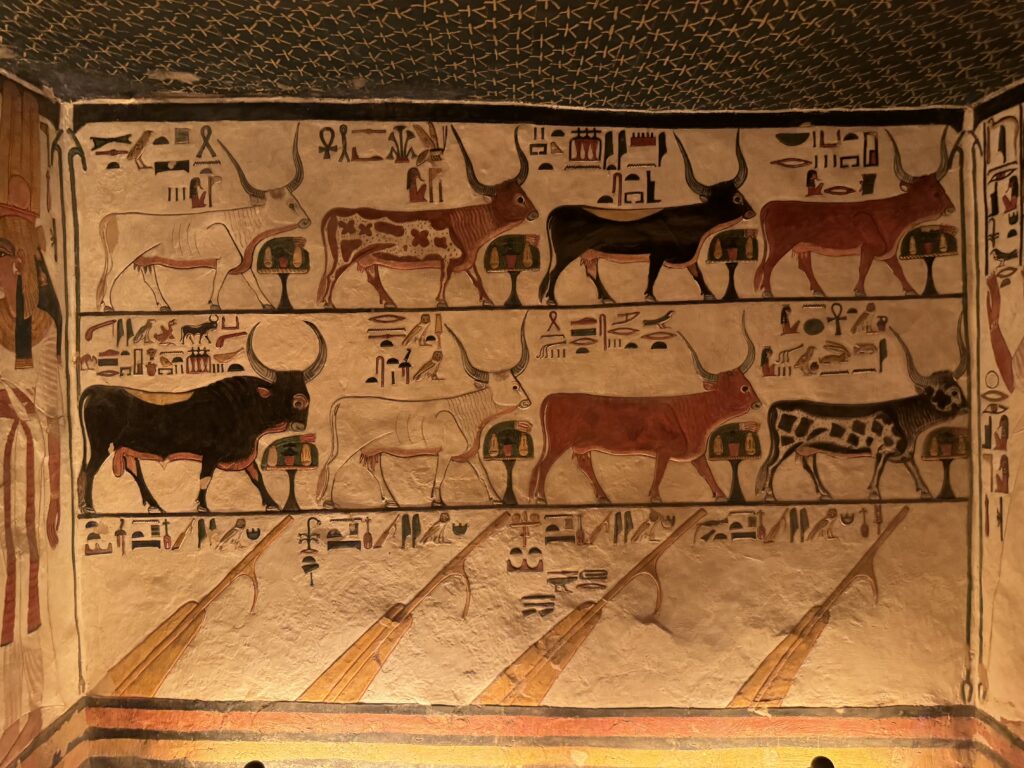
One famous wall in the annex shows an important scene from the Book of the Dead with seven cows and a bull bringing as a sacred herd offering provisions to Nefertari in the afterlife. In the back of the annex, Nefertari makes heaps of offerings to Osiris and Atum, the primordial creator god who is linked with Ra, but specifically the sun in its setting phase in the evening.
The descent to the burial chamber is a symbolic descent into the Netherworld where Nefertari is united with Osiris to be reborn in the next life. The goddess Ma’at spreads her wings of protection over the chamber, the hieroglyphs above her saying “I protect my daughter, the great king’s wife, Nefertari.”
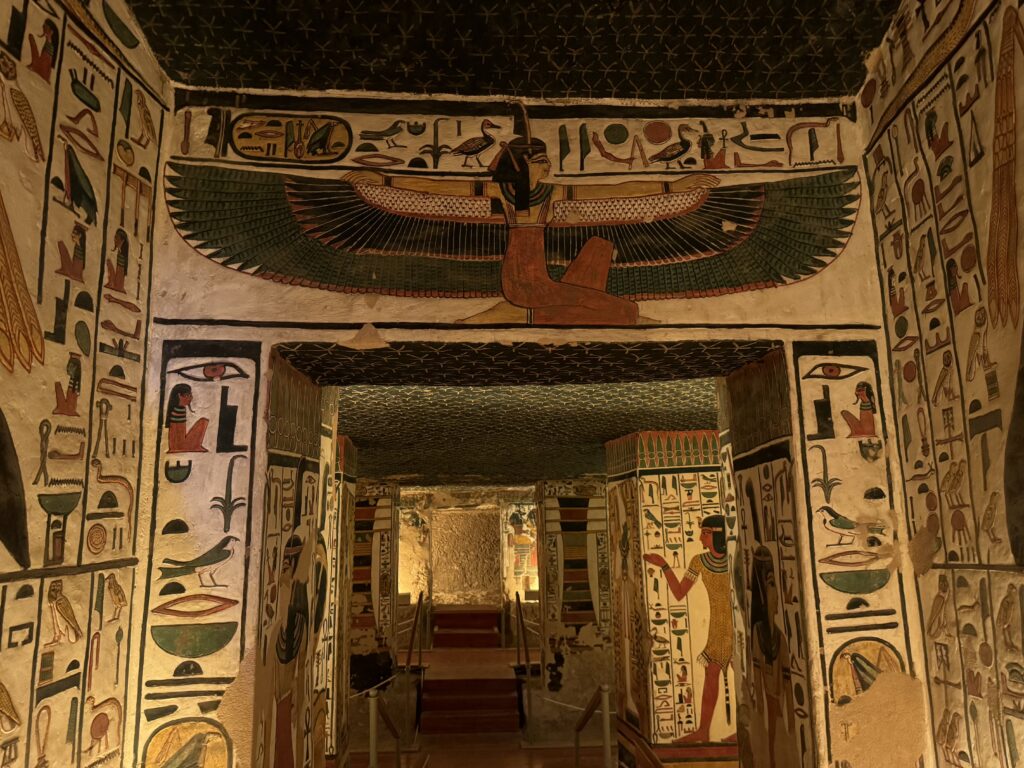
The burial chamber features priests in leopard skin and other deities that Nefertari encounters on her journey in the afterlife. The Book of the Dead shown on the wall of the chamber was meant as a guide to Nefertari through the various Gates of her journey in the afterlife and their guardians. One of the most distinctive guardians is a young deity with two knives.
In the final scene, Nefertari’s red sash is removed and tied instead around the waist of Osiris. This symbolizes that she has fused with the god and been reborn and renewed in the afterlife.
Her body would’ve been laid to rest in a red granite sarcophagus that only partially still exists today. The tomb was plundered in antiquity, and only fragments of her coffin have been discovered along with a handful of artifacts.
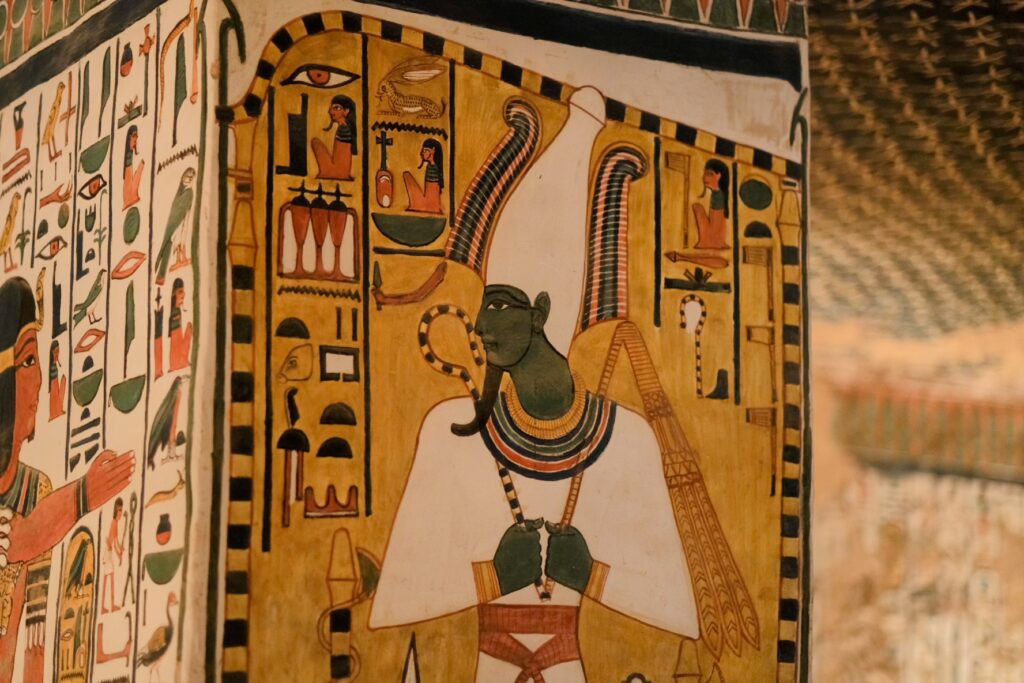
Unfortunately also most of the mummy of the Nefertari was also stolen and torn apart by looters. Only a few bones of her legs remain, and these are in the Museo Egizio in Turin, Italy today.
Thanks for reading, and if you’re in the Boston area, come see us at Harvard University and MIT on the 26 of September where we’ll be demoing our new game on Desktop and in VR! We’ll be at the Cambridge Science Festival and Art/Tech/Psyche.
More coming on the game and from our 2d simulations soon!



